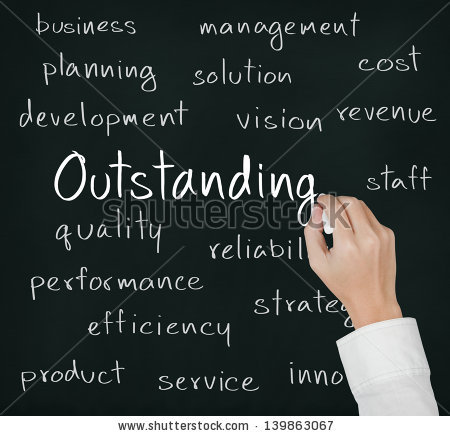When faced by a financial crisis a business owner must focus on the following three important areas:
- Reassessing the business model
- Changing operations to reflect the new environment
- Ensuring that enough cash is available
The Business Model
A business model does several things:
- It explains why customers buy from your company. It’s seldom because you do the best work. Other dentists, builders, accountants etc. are just as competent. It’s not because you have the best team, as others also have great players. The reason your customers prefer your company vs. your competitors may be for a variety of reasons, such as price, convenience, location, inertia (too lazy to change), trust, or other intangible factors. For example, perhaps you provide 24/7 service and the competition does not.
- It explains how you are able to charge prices that provide a profit, and how you provide enough value that customers will pay for what they receive from you.
The importance of a business model cannot be taken for granted. Environments change quickly, and the value you once provided may no longer be so special. In fact, your company’s added value may have become mainstream, and now all players in the industry are providing a similar service (remember when banks closed early and stores were closed on Sundays?).
Consequently, when faced with a crisis business owners must immediately examine their business model to ensure that it has remained relevant and valuable. In fact, the savvy owner will have a clear understanding of how valuable their business model is, and if it is protected from or threatened by the competition. When the environment changes, a weak business model will lead to a loss in gross margins and overall profitability and market share.
Next month we will examine the changes that need to be made to business operations when a crisis looms on the horizon.


